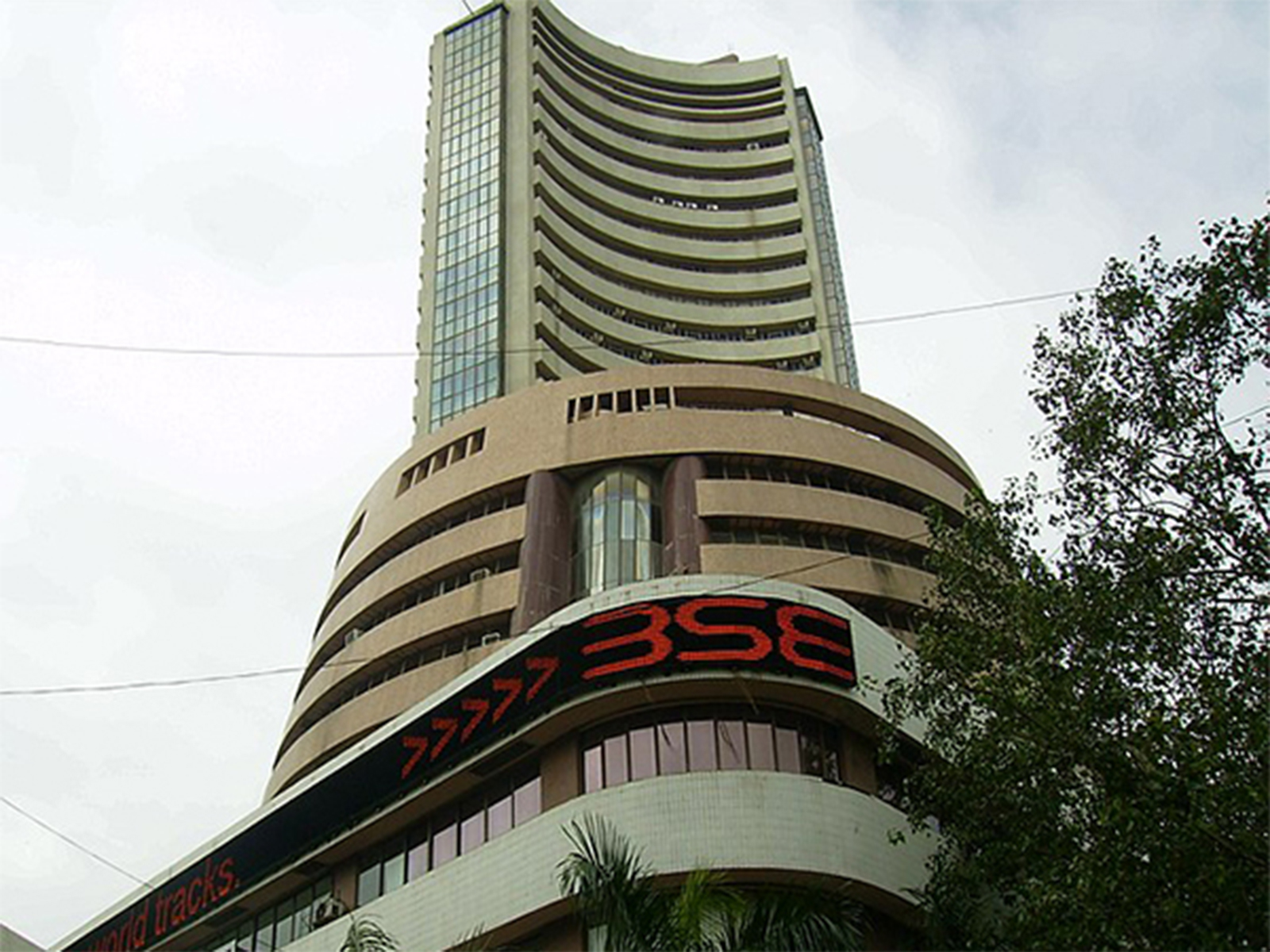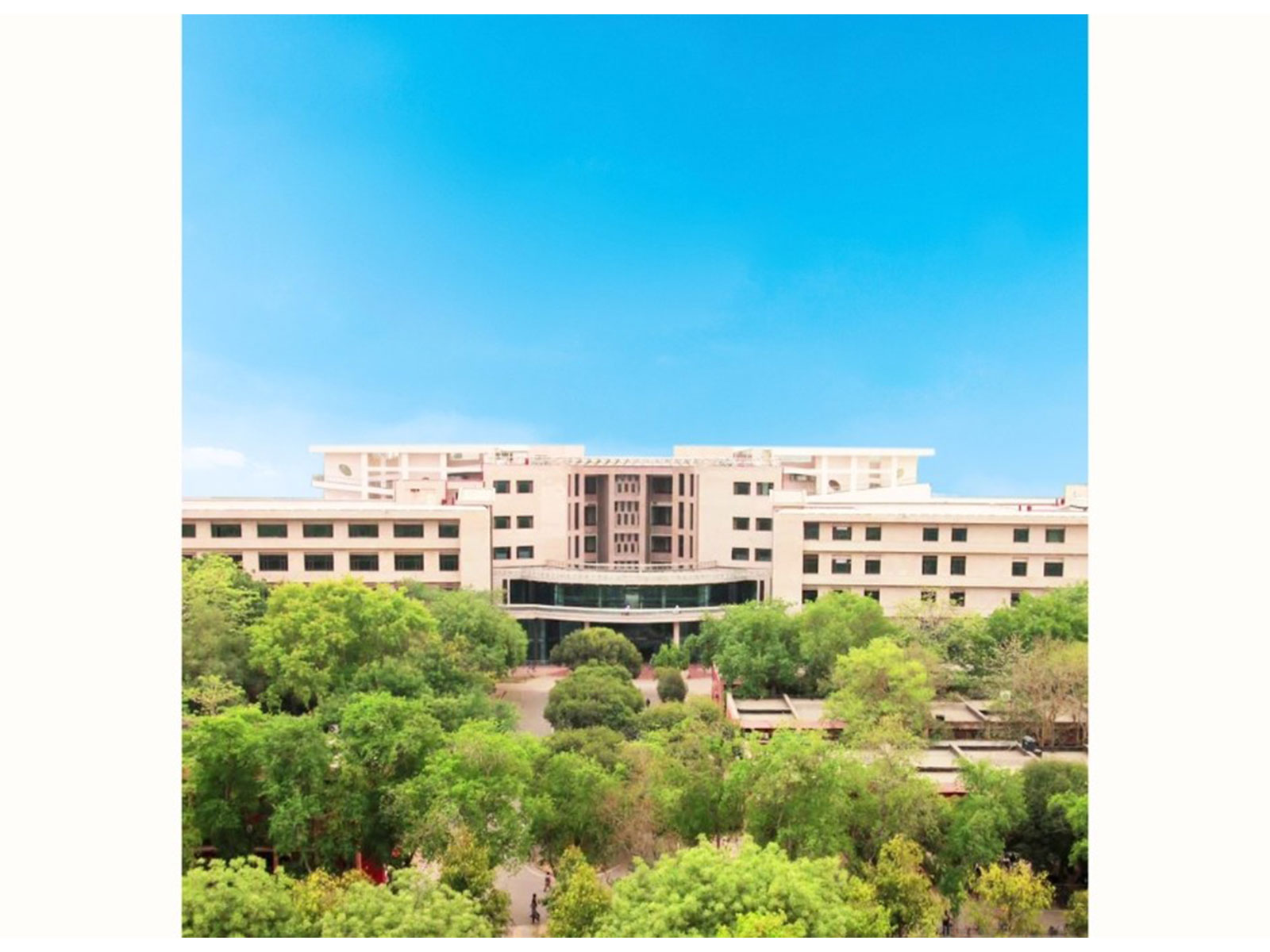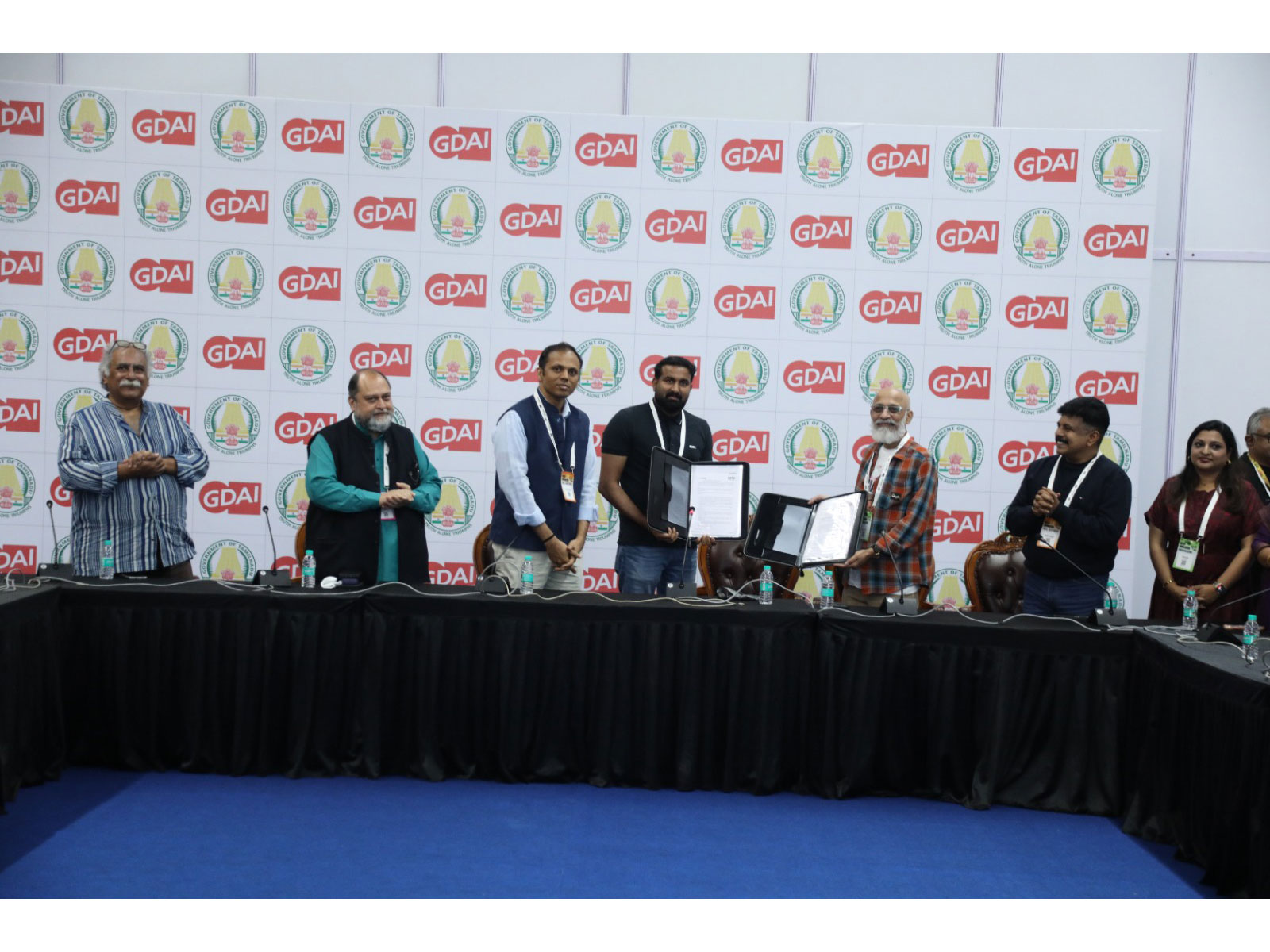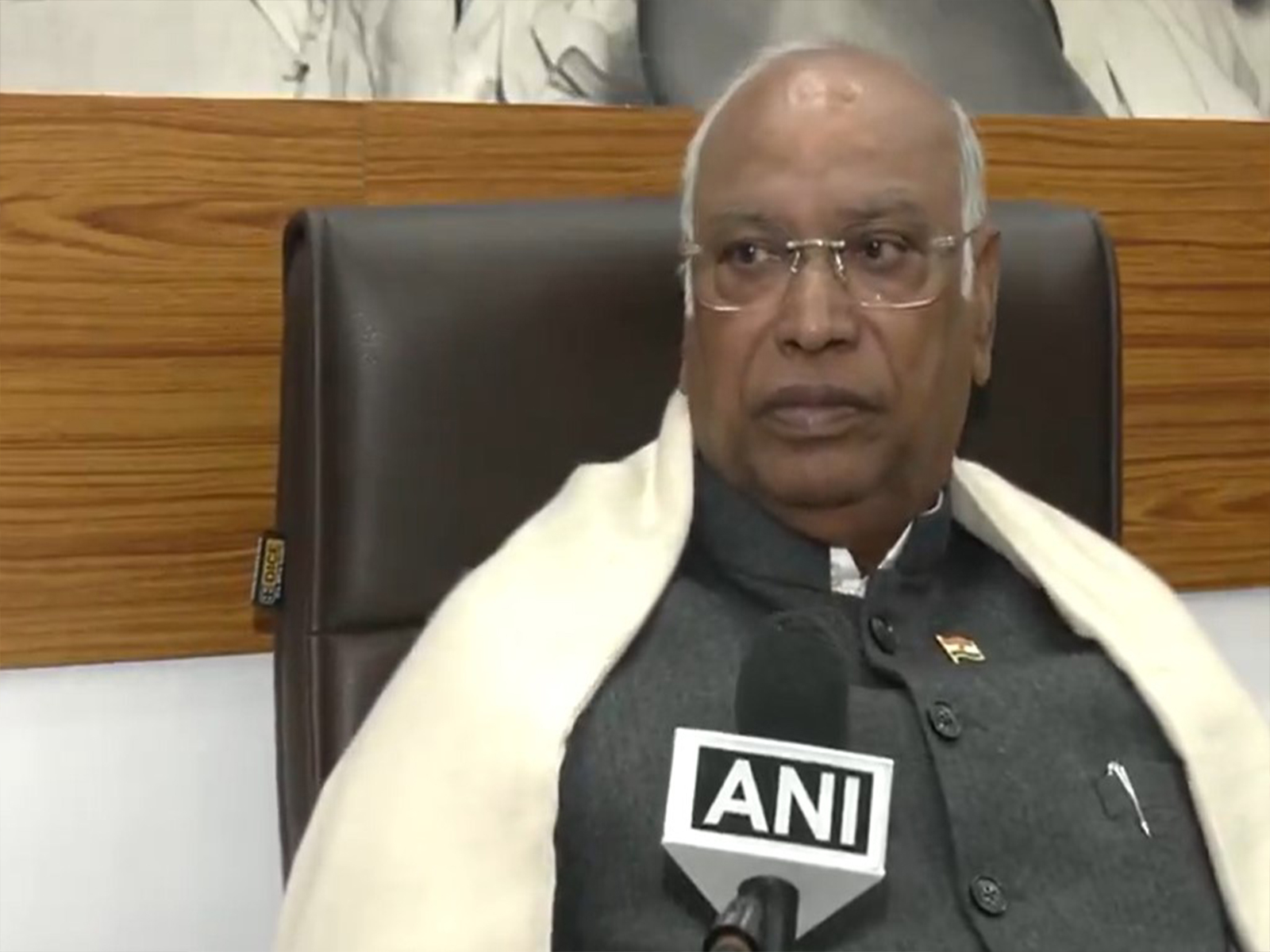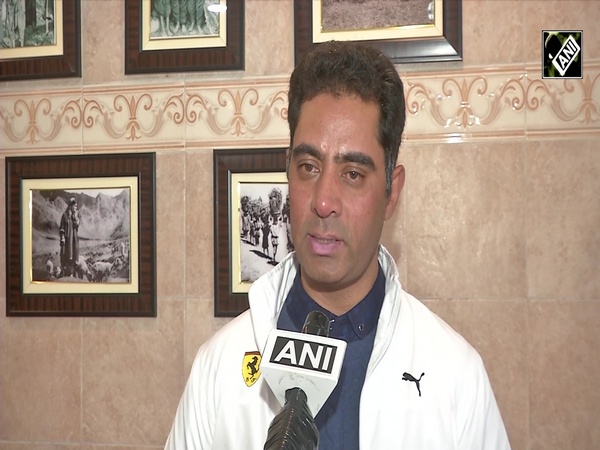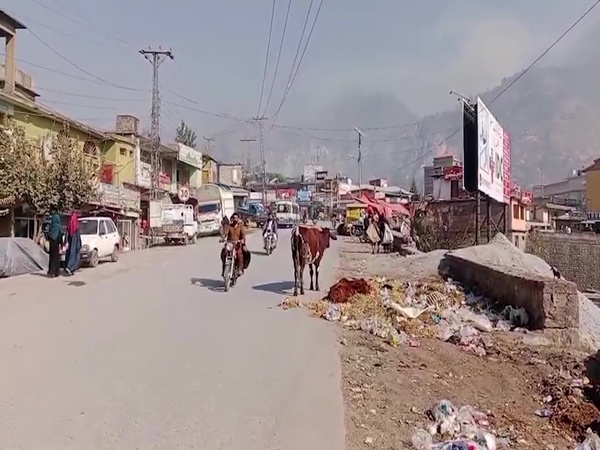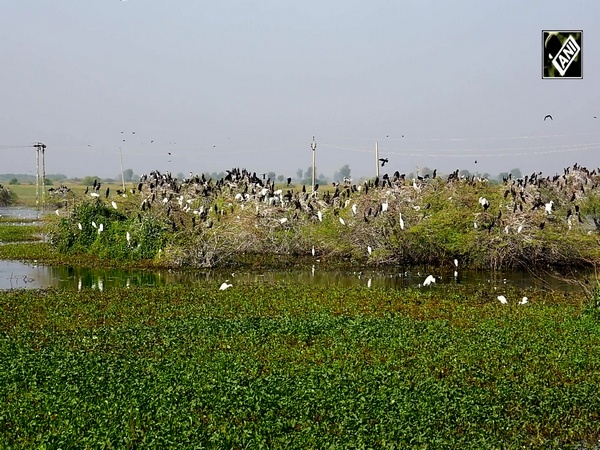India's electricity demand to grow at 6-6.5% over next 5 years: ICRA
May 28, 2025

New Delhi [India], May 28 : Investment Information and Credit Rating Agency (ICRA) on Wednesday, forecasted that electricity demand to grow by 6.0-6.5 per cent over next five years, supported by increasing adoption electric vehicles, the expansion of data centers and the development of green hydrogen segments.
"These three segments are expected to contribute to 20-25% of the incremental demand over the next five-year period from FY2026 to FY2030. The growth in demand for grid capacity is expected to be offset to some extent by the rising adoption of rooftop solar and off-grid projects, driven by schemes such as the PradhaThen Mantri Surya Ghar Yojana," said Vikram V, Vice President & Co-Group Head - Corporate Ratings, ICRA.
The EV segment is expected to see a rise in penetration across the segments, with three-wheelers leading the adoption followed by two-wheelers, e-buses and passenger vehicles, the report said.
Additionally, ICRA expects a healthy thermal plant load factor (PLF) of 70 per cent for the fiscal year 2026, based on an expected demand growth of 5.0-5.5 per cent.
It also sees a significant addition to the power generation capacity, reaching an all-time high of 44 GW in FY2026, up from 34 GW in FY2024. This capacity increase is expected to be driven by both renewable and thermal energy sources.
Adding to that ICRA said, "The thermal segment is expected to add 9-10 GW capacity in FY2026, with the balance largely contributed by the RE (renewable energy) segment. While RE would remain the key driver of the generation capacity addition, going forward, the thermal segment has seen an increase in under-construction capacity over the past 12 months and currently stands at over 40 GW.
However, the agency believes that, this FY2026 demand growth of 5.0-5.5 per cent, is slightly lower than its GDP growth expectation of 6.5 per cent for the same period. The agency attributes this to the anticipated early onset and above-average monsoon, which typically reduces the demand for cooling and from the agricultural sector.
